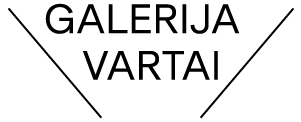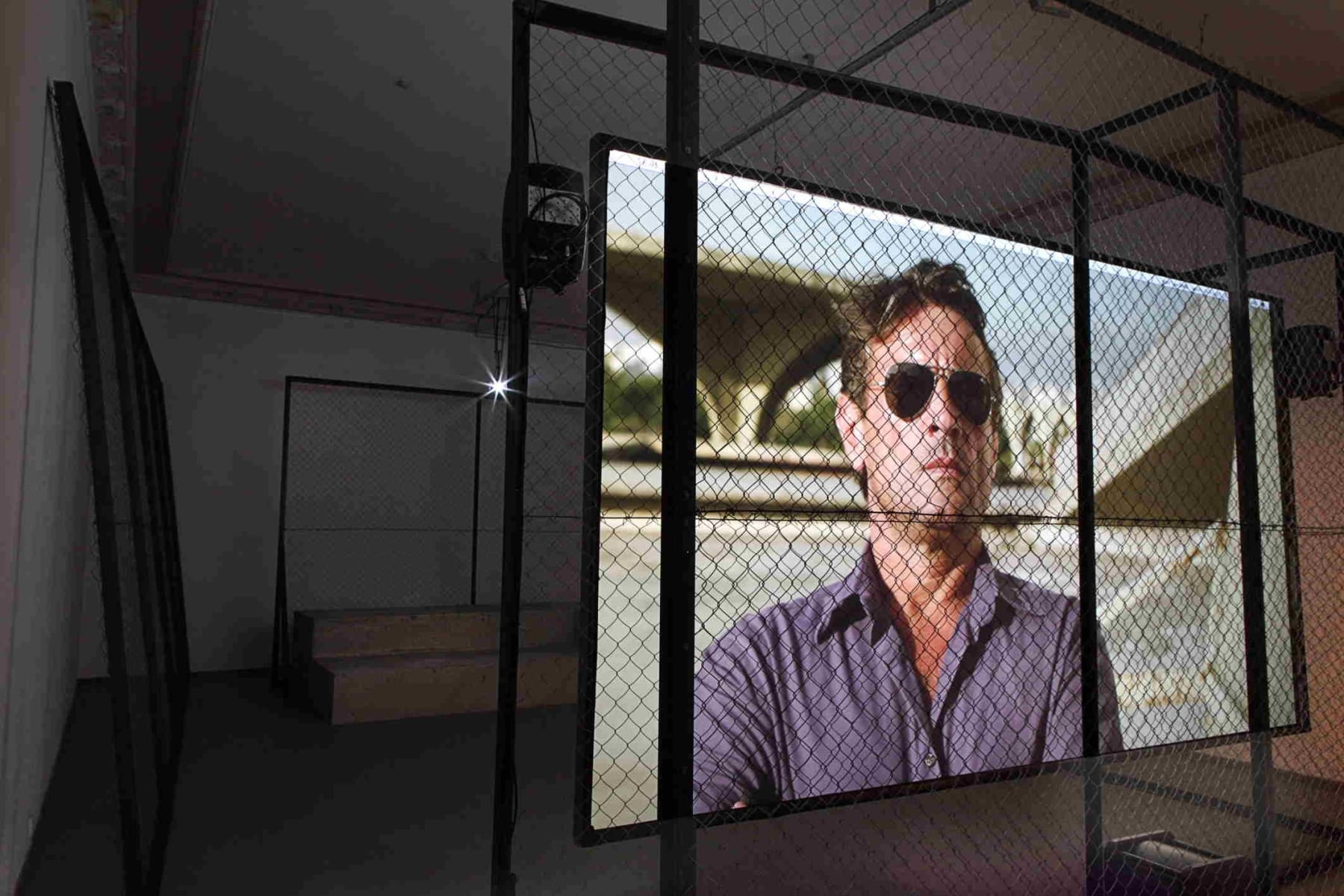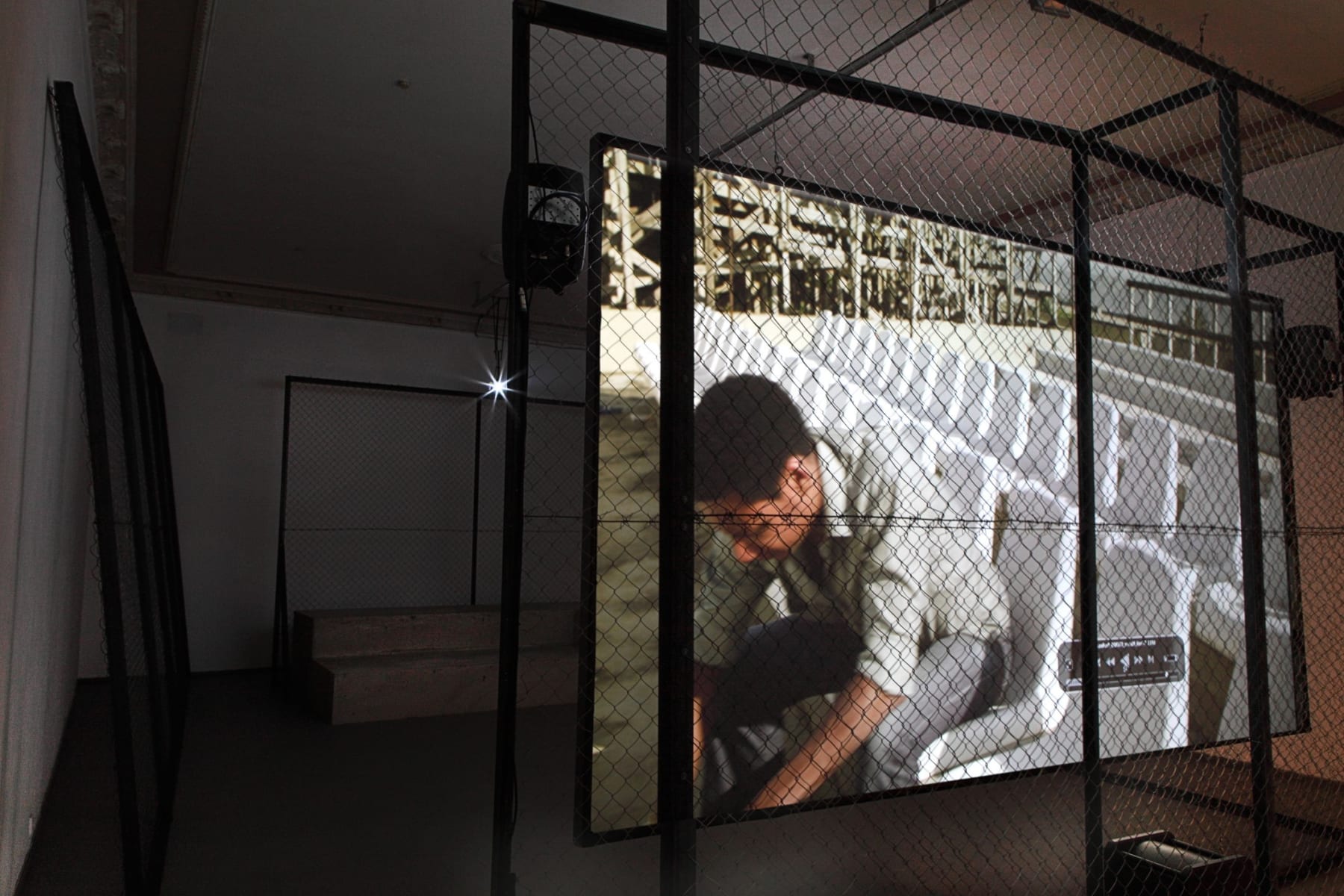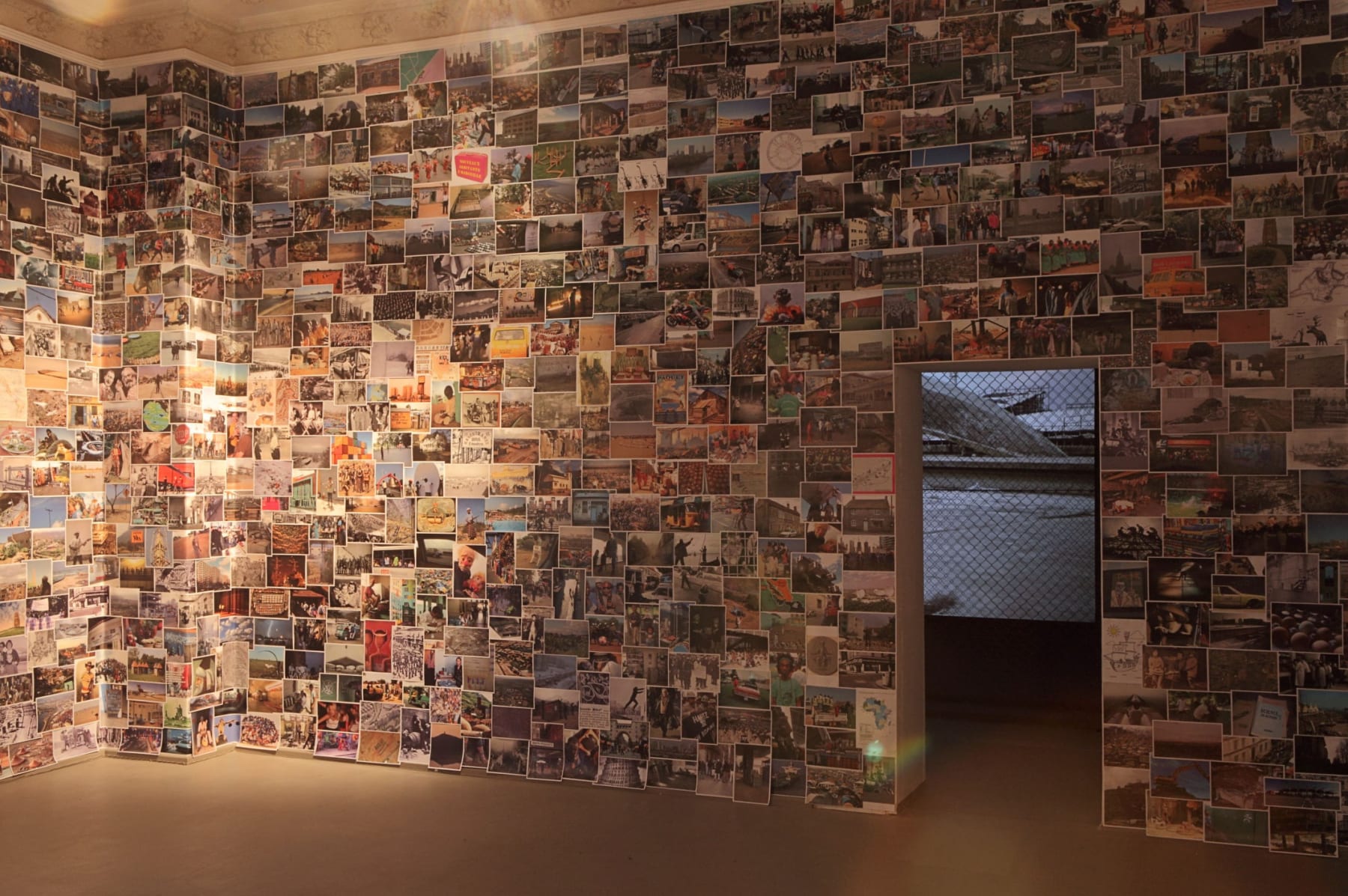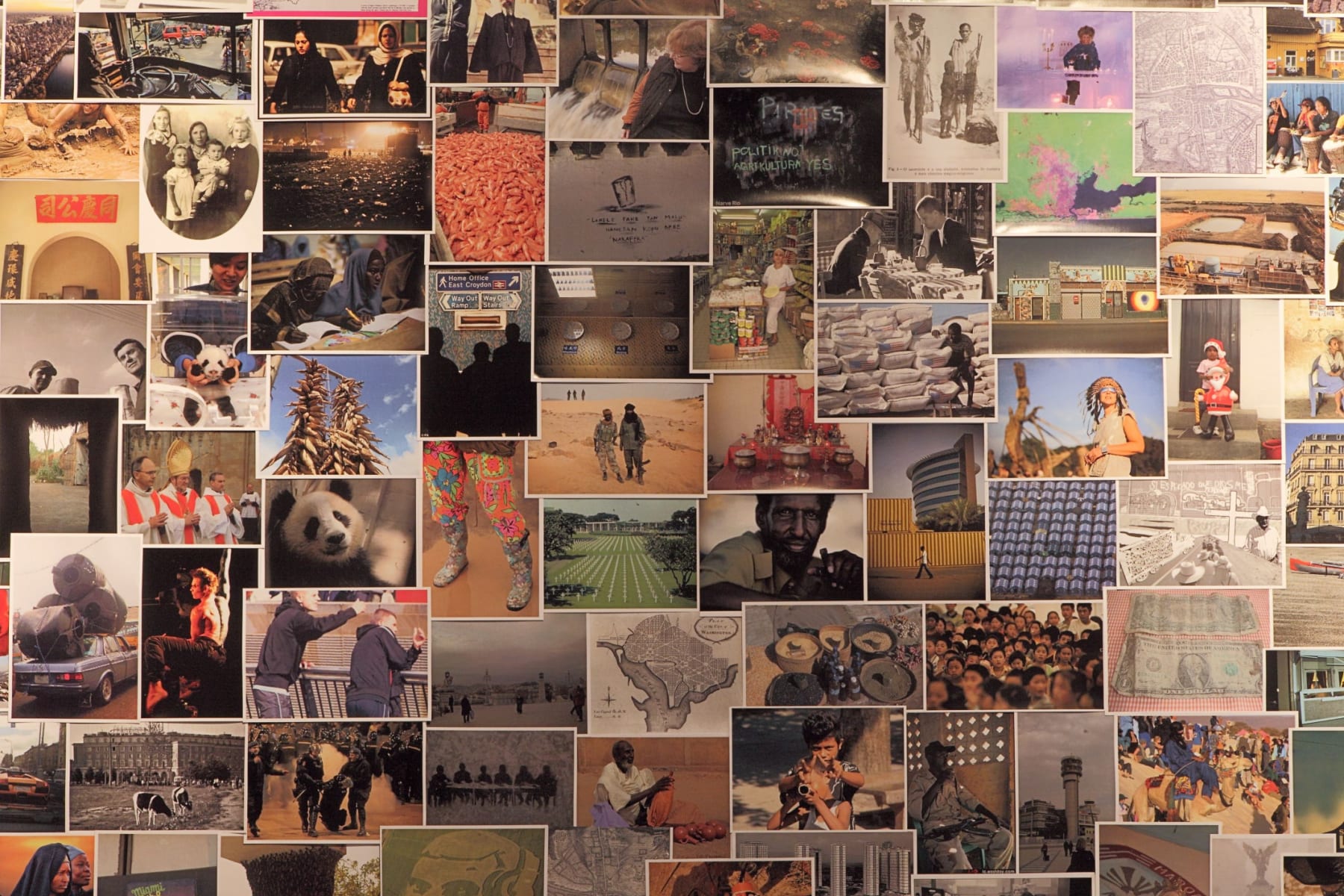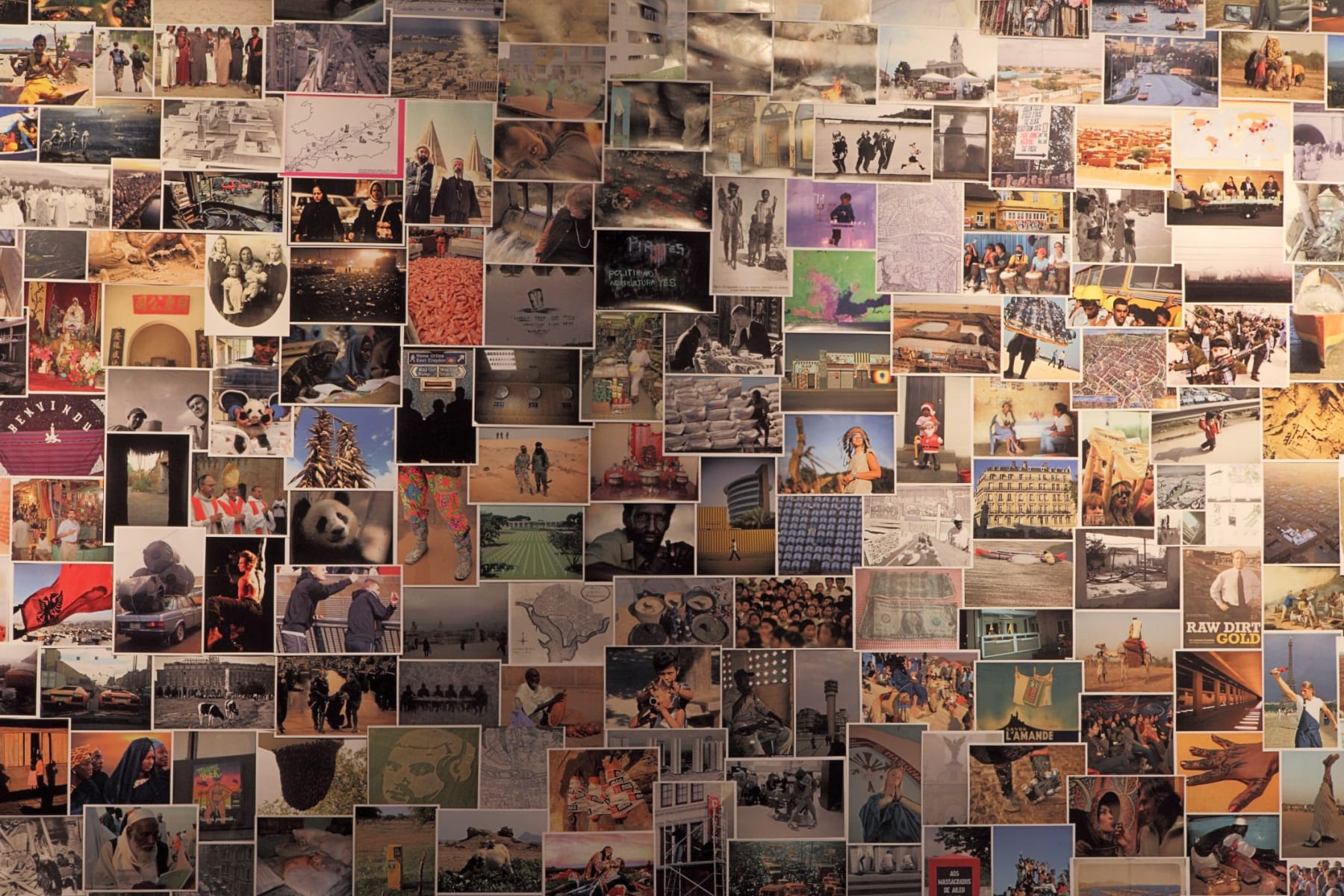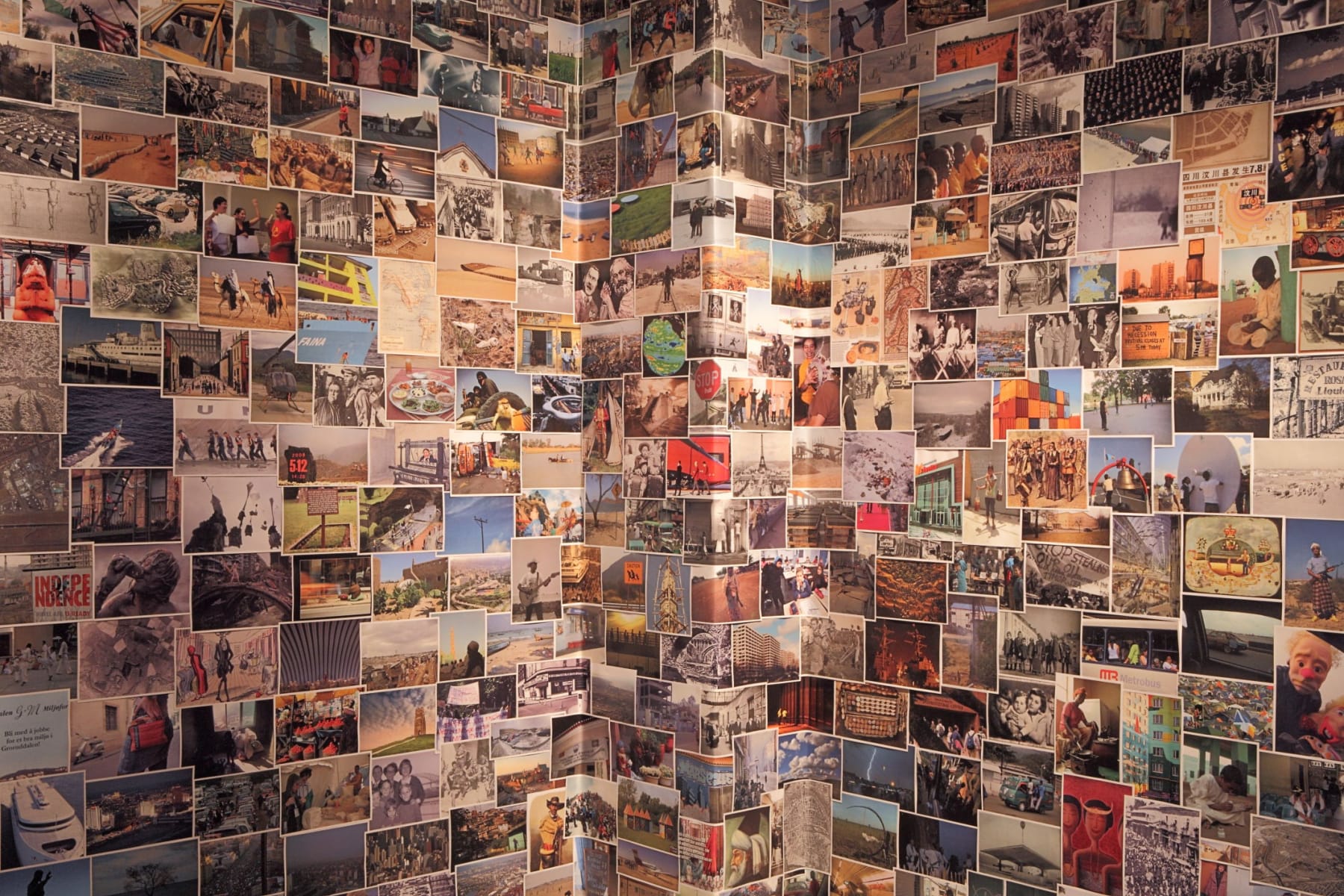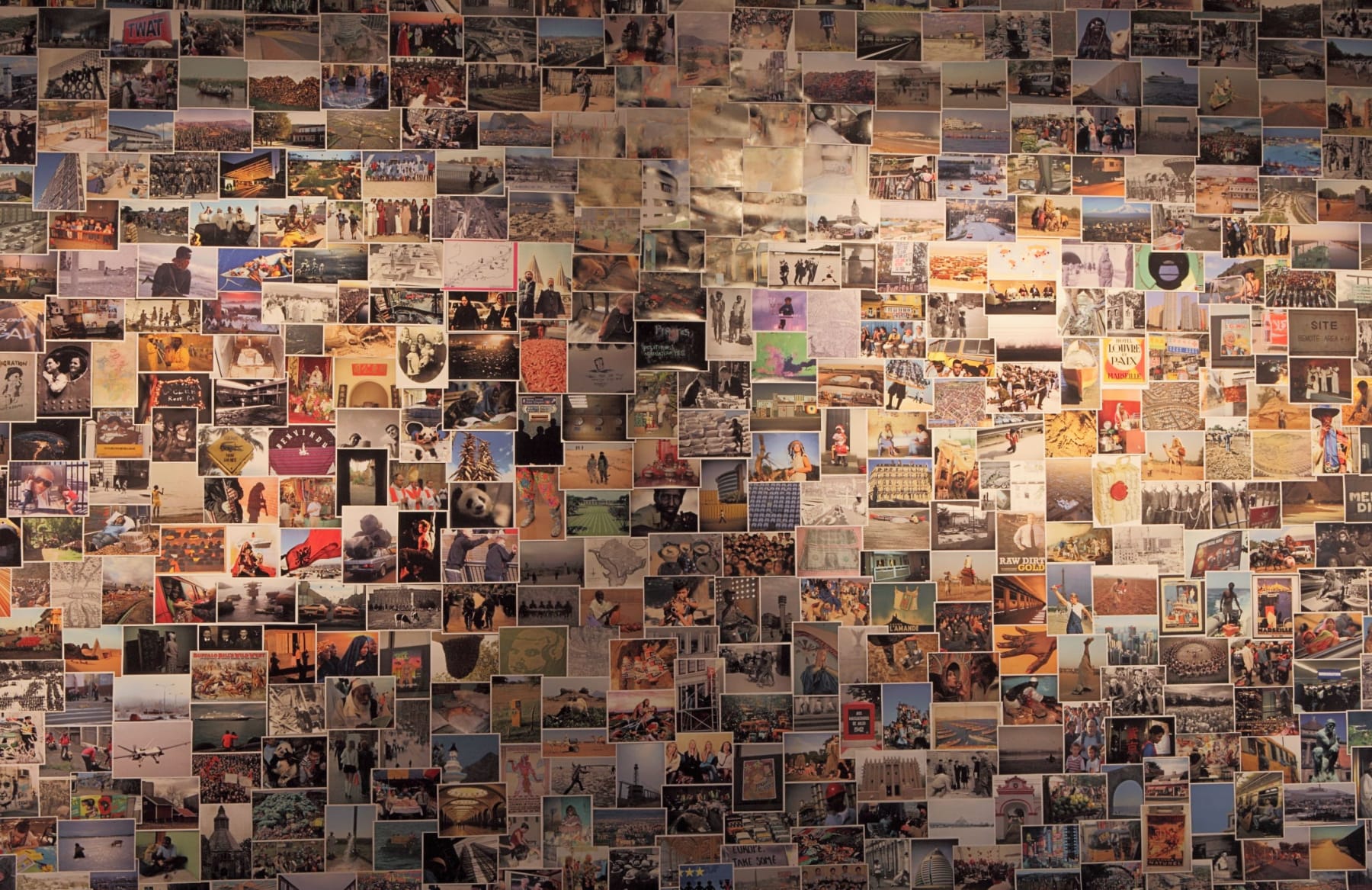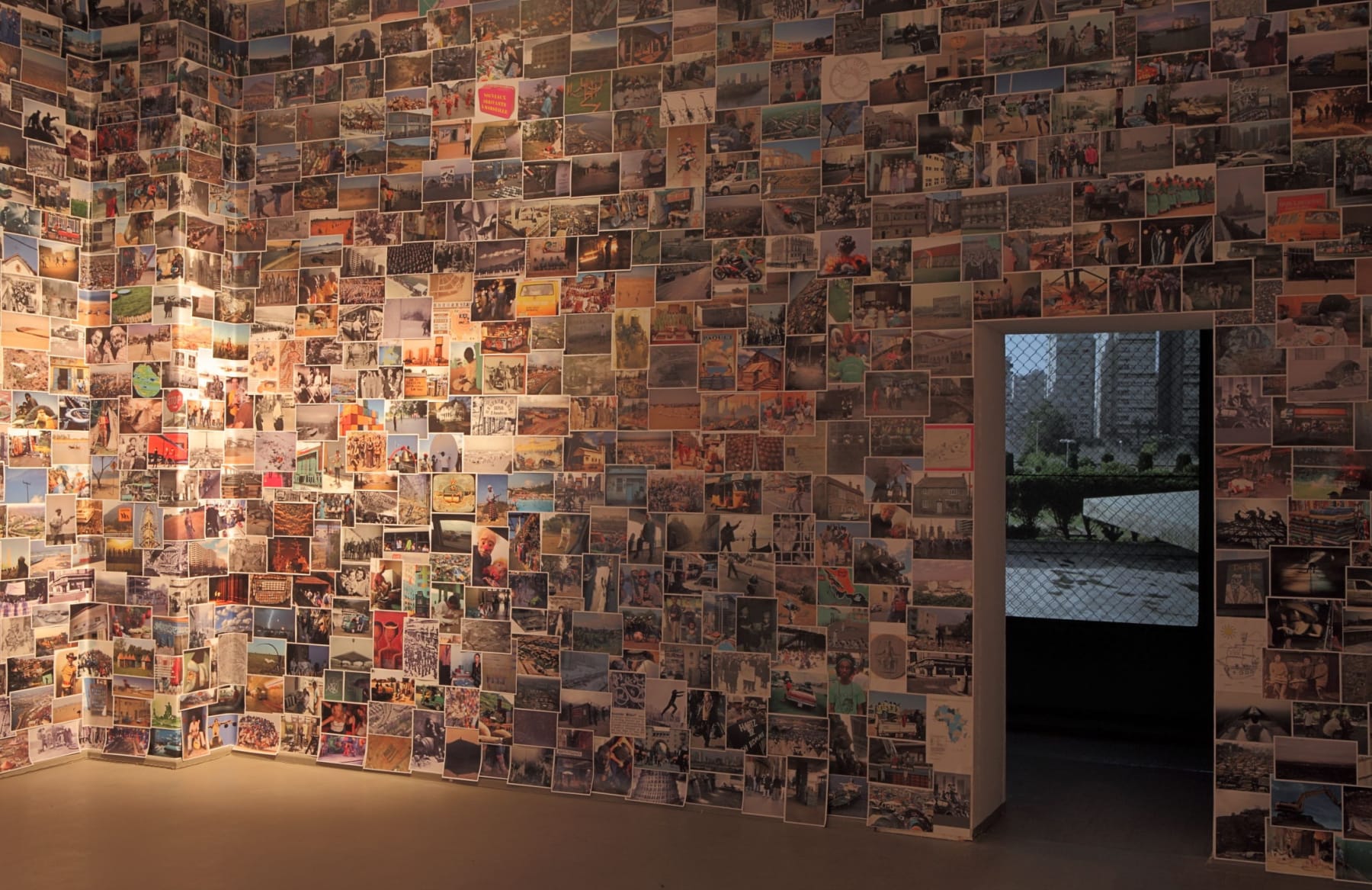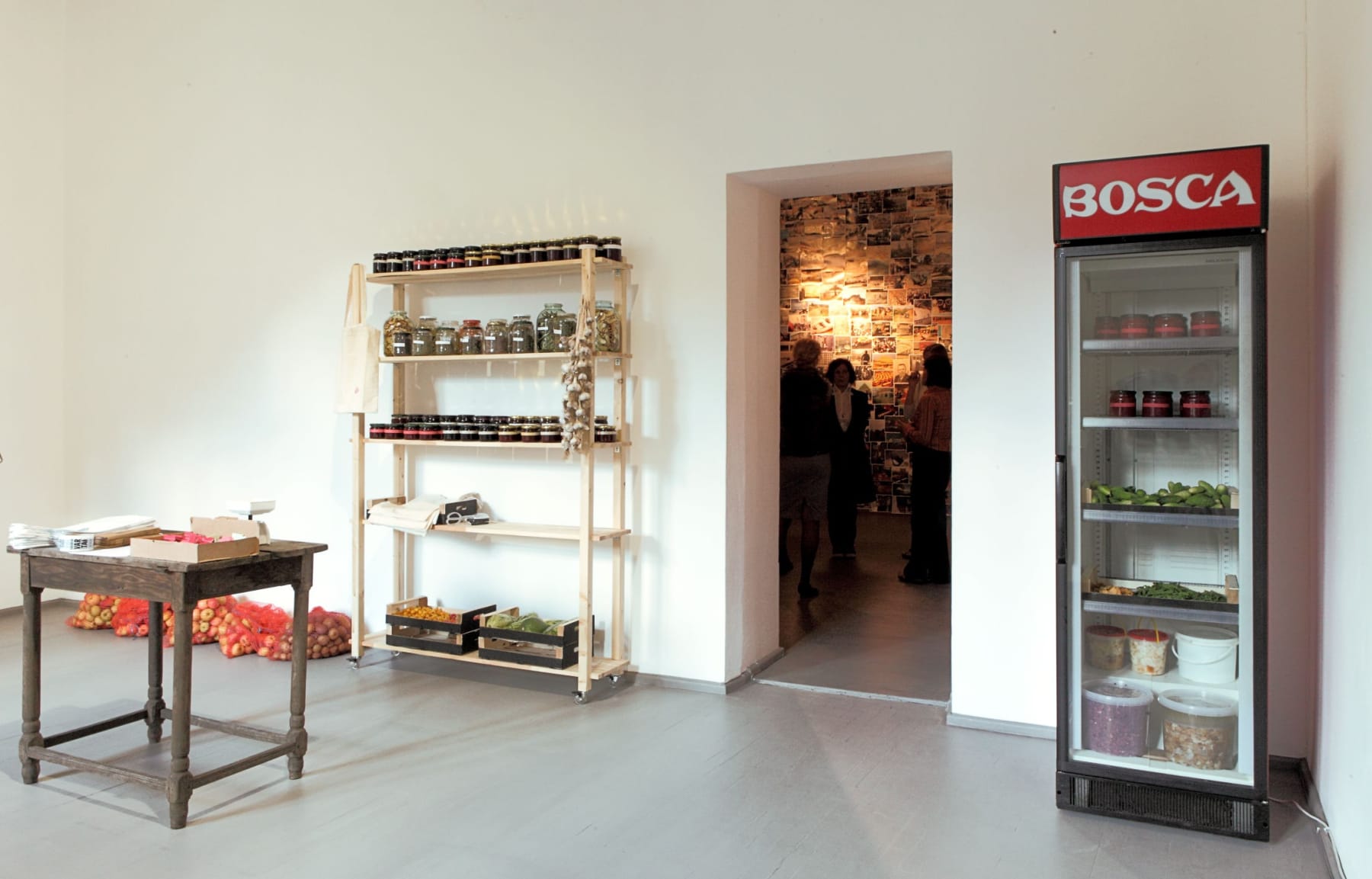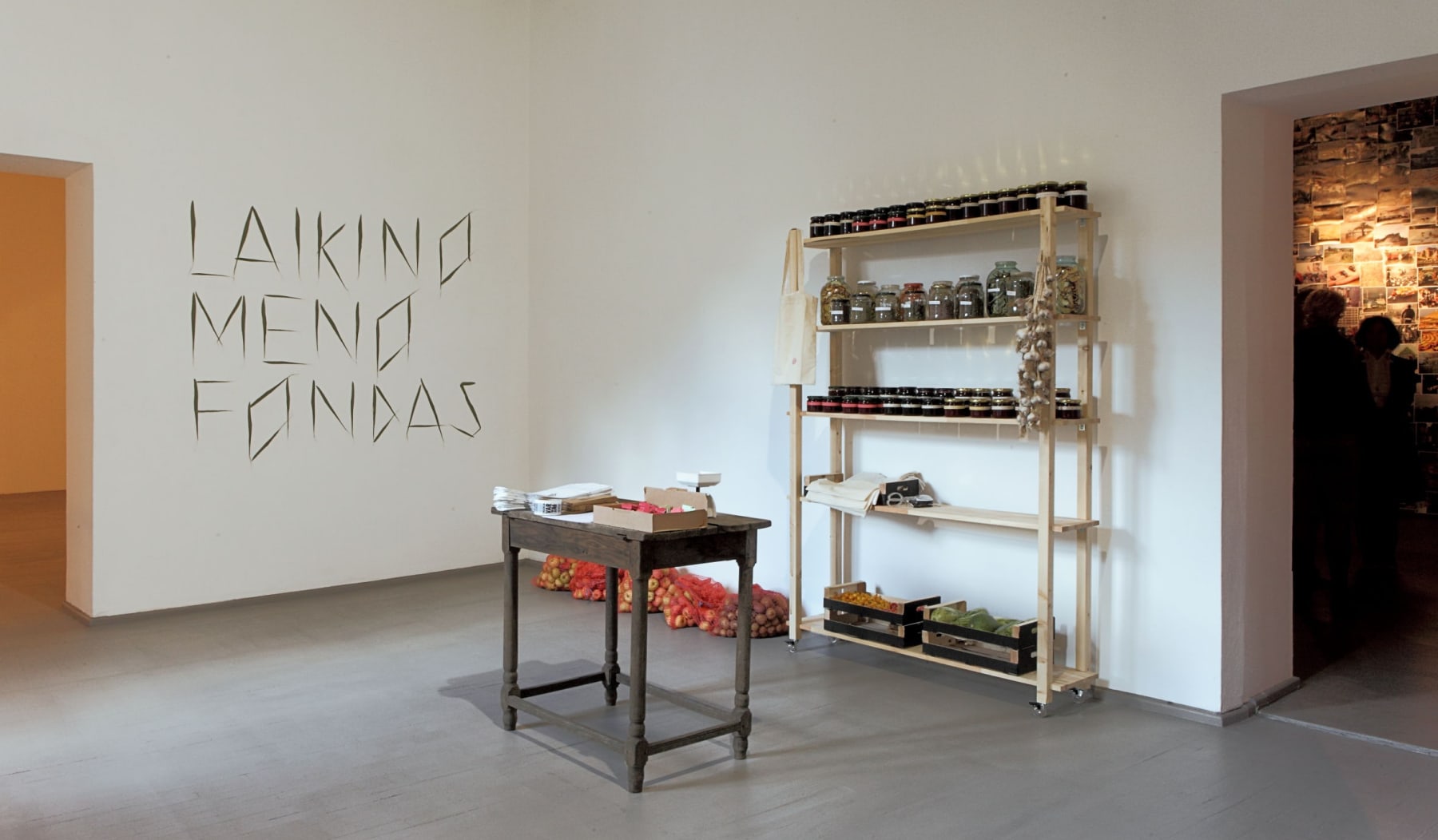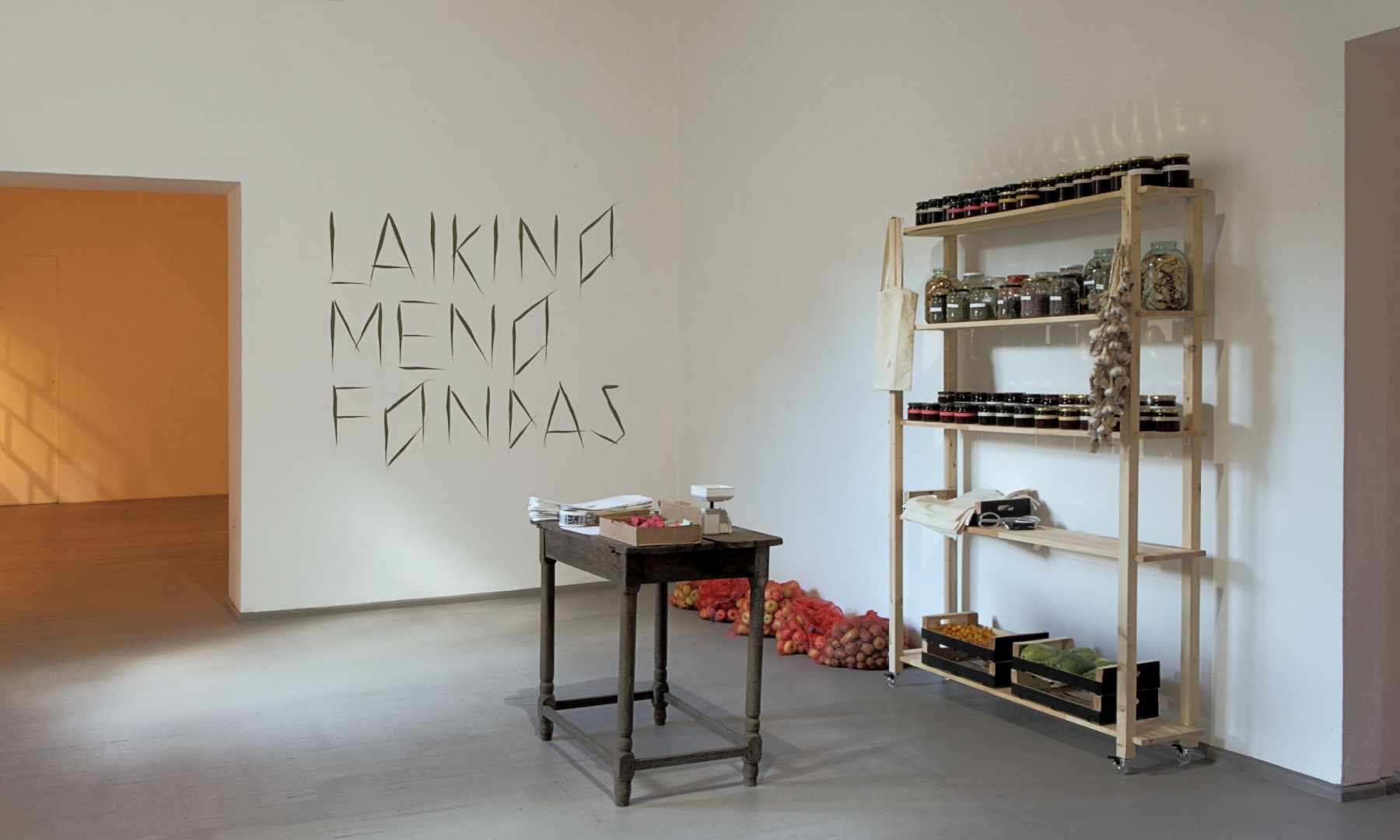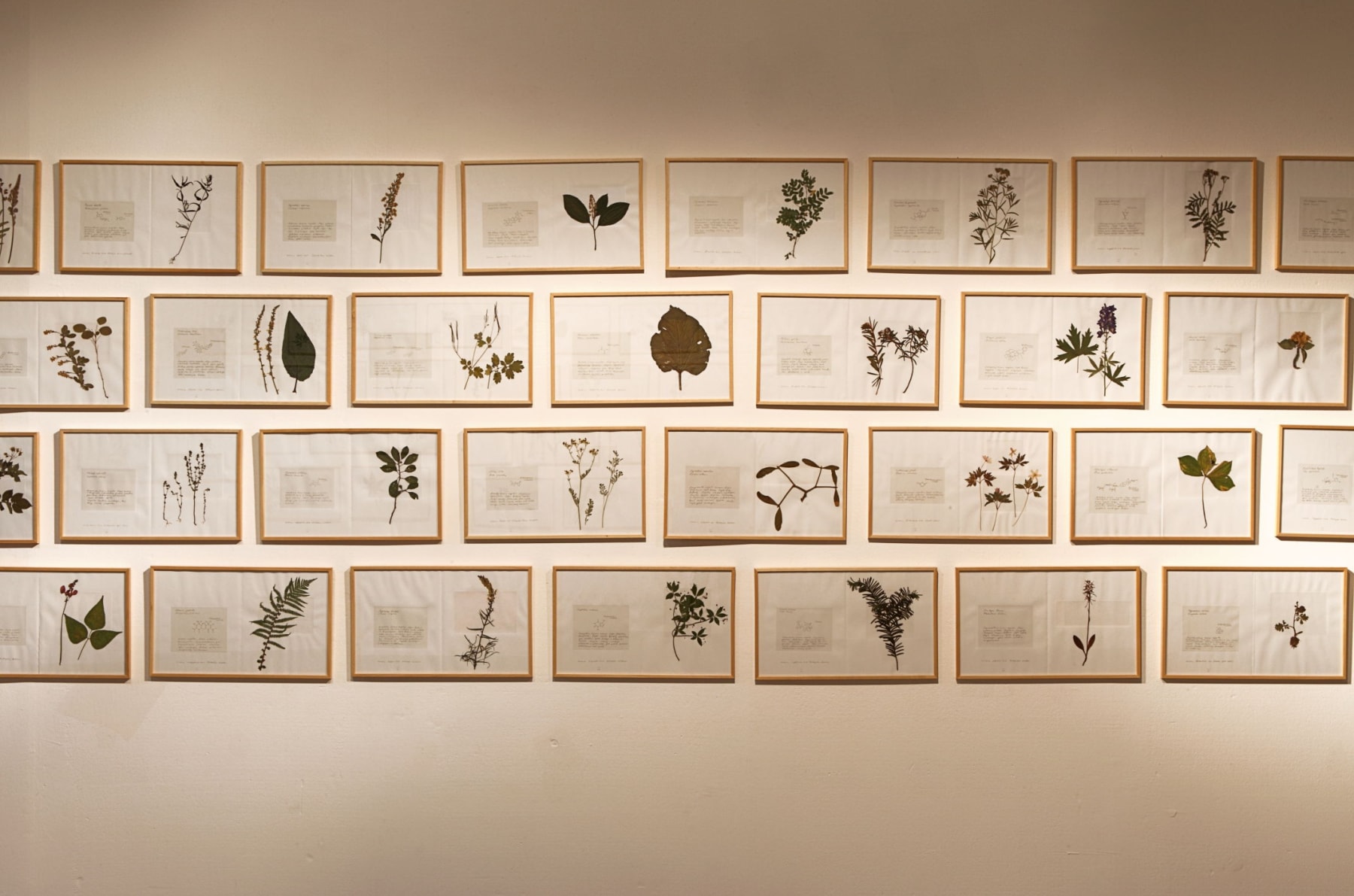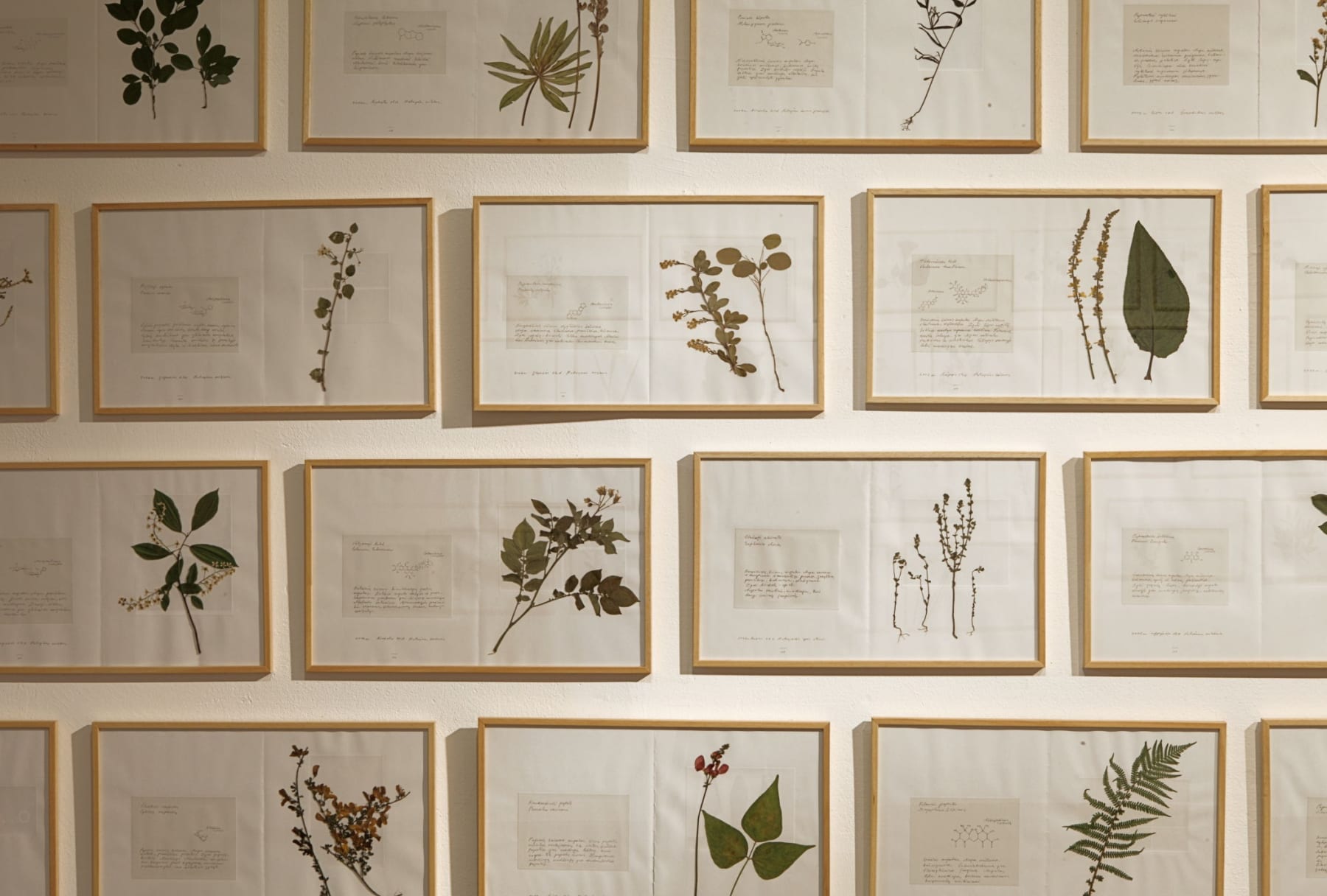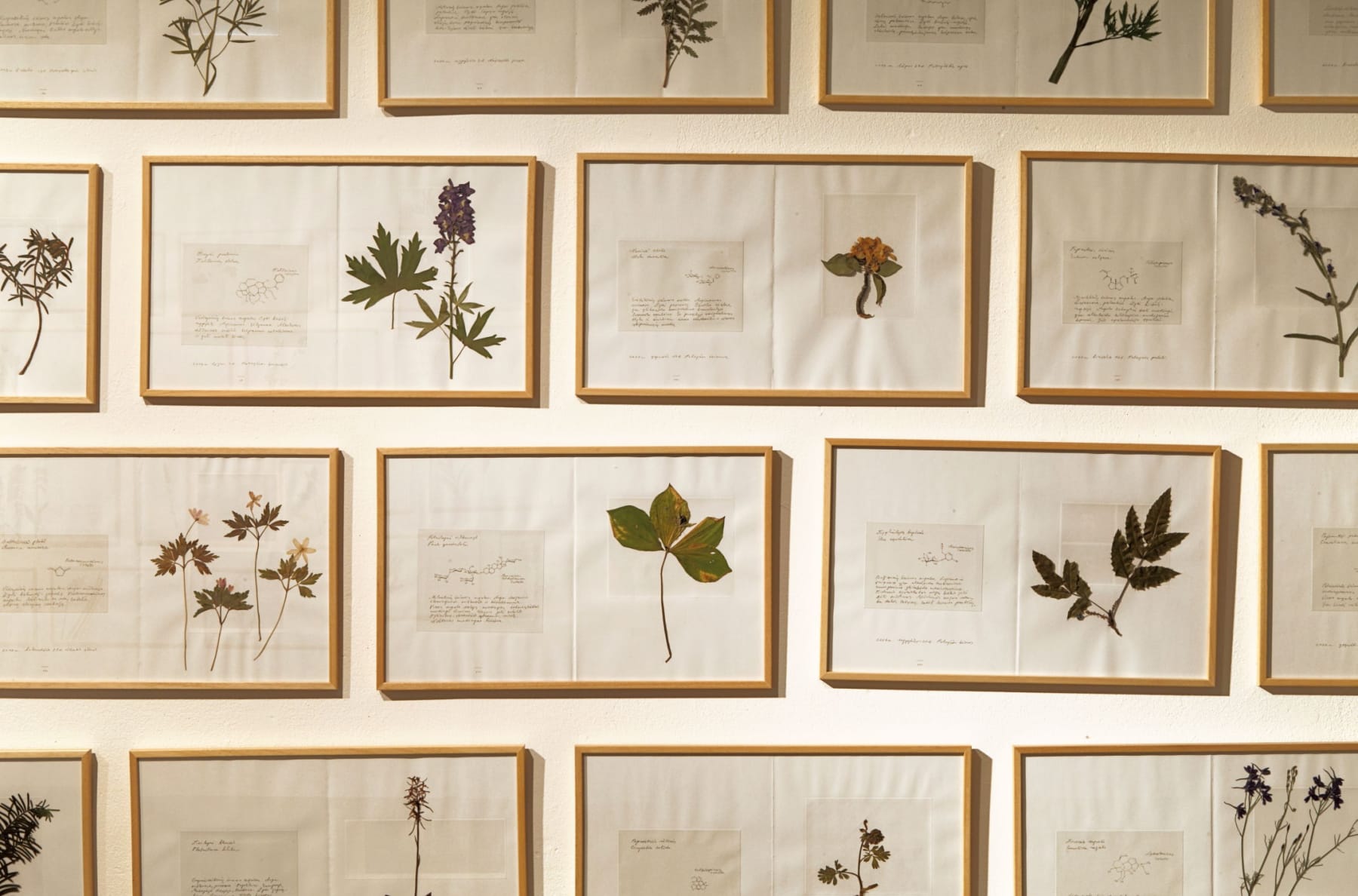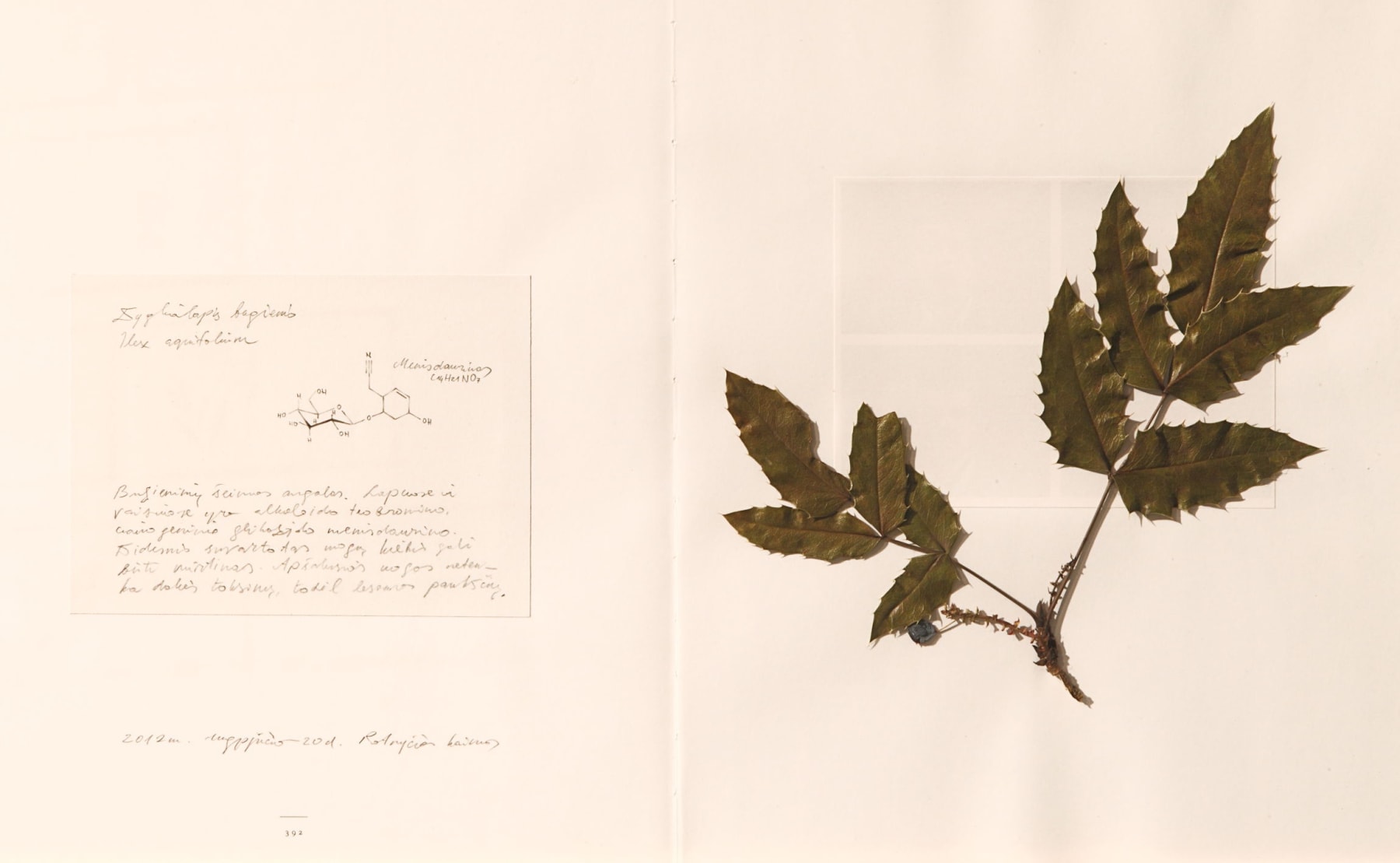Knut Åsdam / Laura Garbštienė: Artscape: Norway
Artscape is a continuing interdisciplinary project launched in 2009 when Vilnius was the European Capital of Culture. It began as a joint event organised by three organisations – Menų vartai, Kino Pavasaris and the Vilnius Jazz Festival – promoting the 21st century art scene from different European countries. The Artscape fine art programme hosted by Vartai Gallery introduces unique solo projects of foreign artists paired with Lithuanian authors. A total of 37 Lithuanian and European artists have already participated in the project: Ignasi Aballí, Hans Op de Beeck, Laura Garbštienė, Ugnius Gelguda, Jesper Just, Žilvinas Landzbergas, Atelier van Lieshout, Dainius Liškevičius, Miks Mitrēvics, Gintaras Makarevičius, Svajonė and Paulius Stanikas, Erwin Wurm, etc. In 2012, the series of Artscape shows was expanded and now welcomes artists from across the globe.s.
Knut Åsdam "Tripoli"
Laura Garbštienė "Foundation for Temporary Art"
Curator - Vitalija Jasaitė
Vartai Gallery is pleased to announce the opening of two solo exhibitions. "Tripoli" by the Norwegian artist Knut Åsdam and "Foundation for Temporary Art", by the Lithuanian artists Laura Garbštienė. In his work Knut Åsdam analyses the problems of identity, place and history, defining our modern existence in urban public space, and explores the impact of our residential environment on our thoughts and desires, the conflicts it causes, and the meanings it encodes. The exhibition Tripoli consists of installations that will occupy two rooms of the gallery. In one, Åsdam constructs a pseudo-industrial space of concrete and metal for the screening of the film Tripoli (2010). The film was shot on the site of a huge deteriorating architectural project in Lebanon. During the country's economic boom in the early 60s, the prominent Brazilian architects Oscar Niemeyer was commissioned to build a fairground and conference complex in Tripoli. However, the civil war that broke out in 1975 halted the construction. The complex was never completed, and has instead been used for ammunition storage, a landing place for helicopters and other military uses, or simply closed to the public for long periods. Through the architectural dimension, the film looks into the recent traumatic historical and political past with a strong resonance to current tensions in the Middle East. The film is part documentary and part theatrical drama. The carefully cast characters of the film meet in the oddly empty architectural space in the middle of the city and through limited dialogue create the psychological portrait of the site. Although the plot of the film does not have a continuous narrative, the clipped dialogues of the characters point to the essential problems of the film encoded in the architectural space. The video installation Tripoli is accompanied by the work Archive (Migration) which was started in 2010 and has been constantly updated with new pictures. The collection of around 3000 pictures found in books, magazines, newspapers and online was born during the creative process when the artist was researching historical and current representation of migration in images for his film Abyss (2010). The visual material was so abundant that it eventually evolved into an independent piece of art with its own logic, representing the major components of the artist's work: the interaction between space and body; the search for identity; socio-political space; economic processes; and architectural situations. Although diverse both aesthetically and in terms of content, the pictures constitute a solid mass pulsating with rising and vanishing notional elements symbolising change and motion in a broad sense, reflecting social and economic transformations within society. Knut Åsdam (born 1968) lives and works in Oslo, Norway. The work of the artist has gained global recognition and has been displayed in prestigious art institutions, such as Tate Modern and Tate Britain (UK), MoMA (USA), Moderna Museet (Sweden), and the Musée d'Art Moderne de la Ville de Paris (France). In 1999, Åsdam represented Norway in the Pavilion of Nordic Countries at the 48th Venice Biennale. The artist's films have been screened and received awards at a number of film festivals, including, amongst others, Locarno and Rotterdam.
Laura Garbštienė's critical and ironic attitude towards local cultural life is expressed here through non-didactic works that are also an attempt to create new art practices. Using forest survival tactics (knowledge and gathering of plants, berries and mushrooms), Garbštienė creates new strategies for an artist living on the periphery of the art world. Unlike previous works by Garbštienė, the show will feature no images of the artist herself recorded in films or pictures, which has become the unique and provoking trademark of her works. The disappearance of physical manifestations of the artist's body from exhibition spaces does not indicate a thematic departure in her work. On the contrary, the artist introduces even more performativity and more practices of the quest for identity thus continuing the theme of the Film about an Unknown Artist. In the installation/action/experiment Foundation for Temporary Art, Garbštienė asks herself and the viewer: what does a contemporary artist become in a forest, far from the usually unavoidable social relationships, duties and cultural institutions which give or deny validity to artists' works? During the entire period of the show, the artist will reside in a village on the outskirts of a forest, while the fruits of the earth grown or gathered by the artist herself will be available for purchase at the gallery. The continuous line of supply of art-food will support the Foundation for Temporary Art established by Garbštien?. The other space of the Gallery will host the almost museum-like Room of Nature Studies. The work consists of a collection of poisonous plants found in the natural environment displayed on framed pages from the catalogue of the Lithuanian Pavilion at the 54th Venice Biennale. The study of poisonous plants is Garbštienė's first step towards a better knowledge of nature and has been referred to by the artist herself as amateur scientific work in the field of botany. Cultural values determine how plants are viewed as to their toxicity or usefulness. The properties ascribed and the names given to plants serve the purposes of consumerism. Plants in and of themselves have no inherent properties but people are not able to look at them without the interference of culture. A collection of poisonous plants is a unique and narrow field comprehensible to very few, like contemporary art and its phenomena. According to the artist, despite the fact that the Venice Biennale catalogue also introduces a unique collection of art, it has been chosen for the herbarium completely by chance - the softness of the paper is extremely suitable for displaying poisonous plants. Moreover, the artist believes that the use of cultural publications, especially catalogues, is problematic. Such publications lose their relevance very quickly and tend to end up gathering dust. Although the spaces of the exhibition filled with Garbštienė's natural objects pulsate with innocent and nonaggressive concern, they also hide a load of intense criticism. However, the artist refuses to wrap her show in the cloak of theory or socially engaged art. Nevertheless, in order not to veer from the way Lithuanian contemporary art is normally presented, a quotation is in order. In this particular case, maybe one from Ivan Michurin: "We cannot wait for favours from Nature. To take them from it - that is our task." Laura Garbštienė, who was born in 1973 in Vilkija, Lithuania, lives and works in Vilnius. From 2002, she has been creating videos, installations, pictures, actions and performances, and taking part in shows both in Lithuania and abroad. In 2009, the artist joined L'Abominable, the artist-run film lab in Paris. Garbštienė's Film about an Unknown Artist (2009) won the FIPRESCI prize at the 2010 International Short Film Festival Oberhausen (Germany) and in the same year the Award for the Best Emerging Filmmaker at the Lucca Film Festival (Italy).
Patron: Vilnius City Municipality
Sponsors of the exhibition: Culture Support Foundation of the Republic of Lithuania Sponsors of the gallery: Bosca, Lietuvos rytas, Tark Grunte Sutkiene, Infoterminalas, UAB "Draugų studija"
